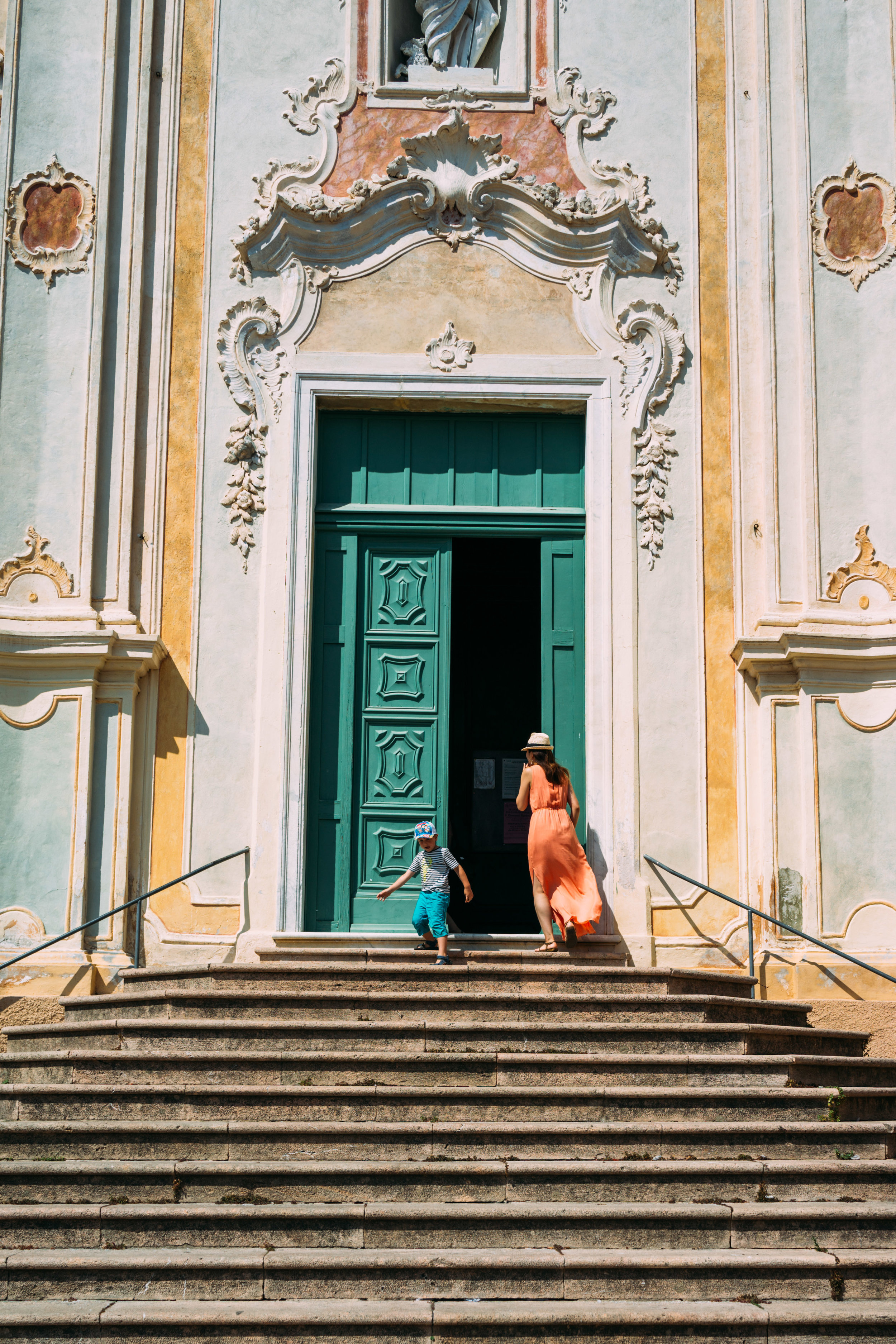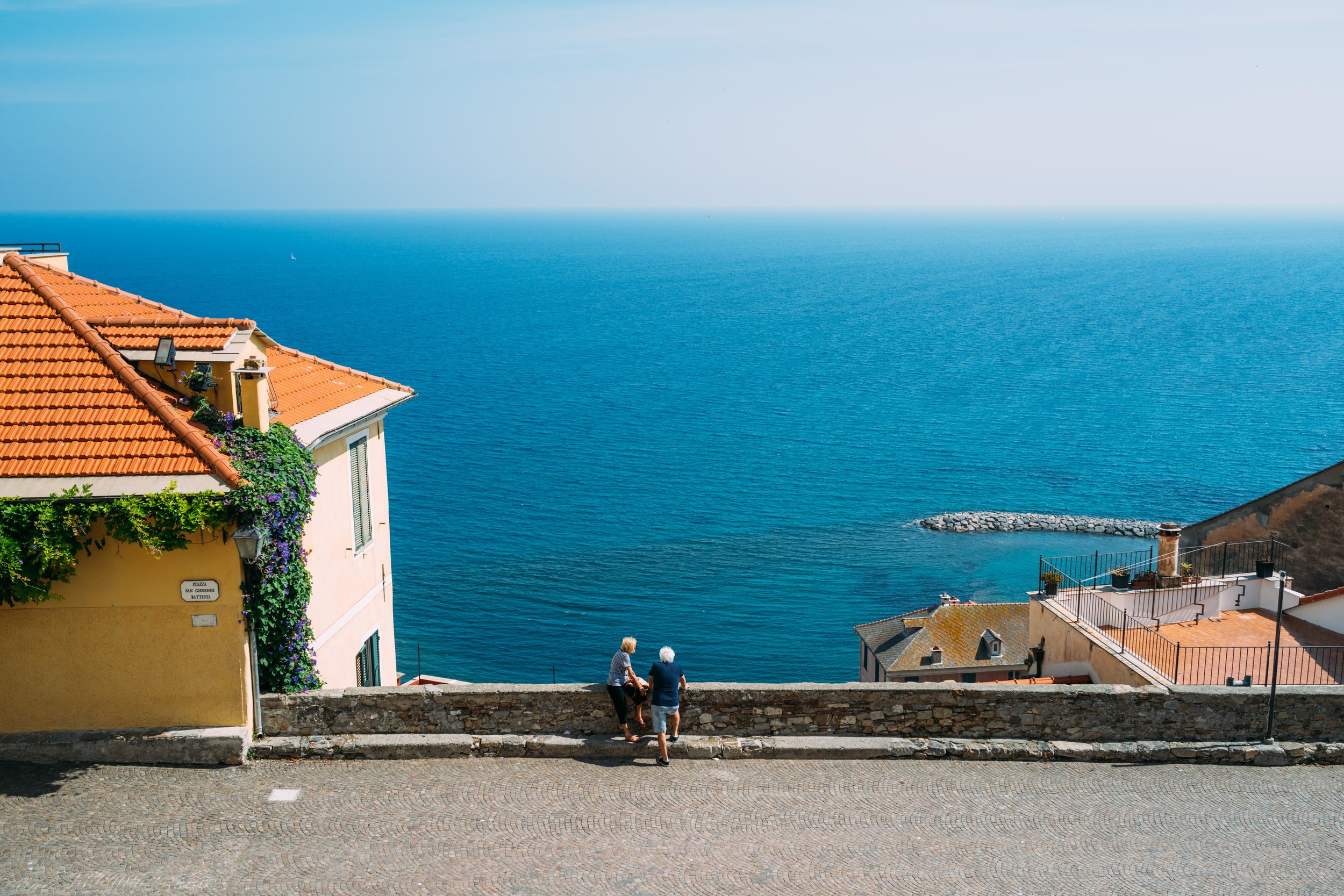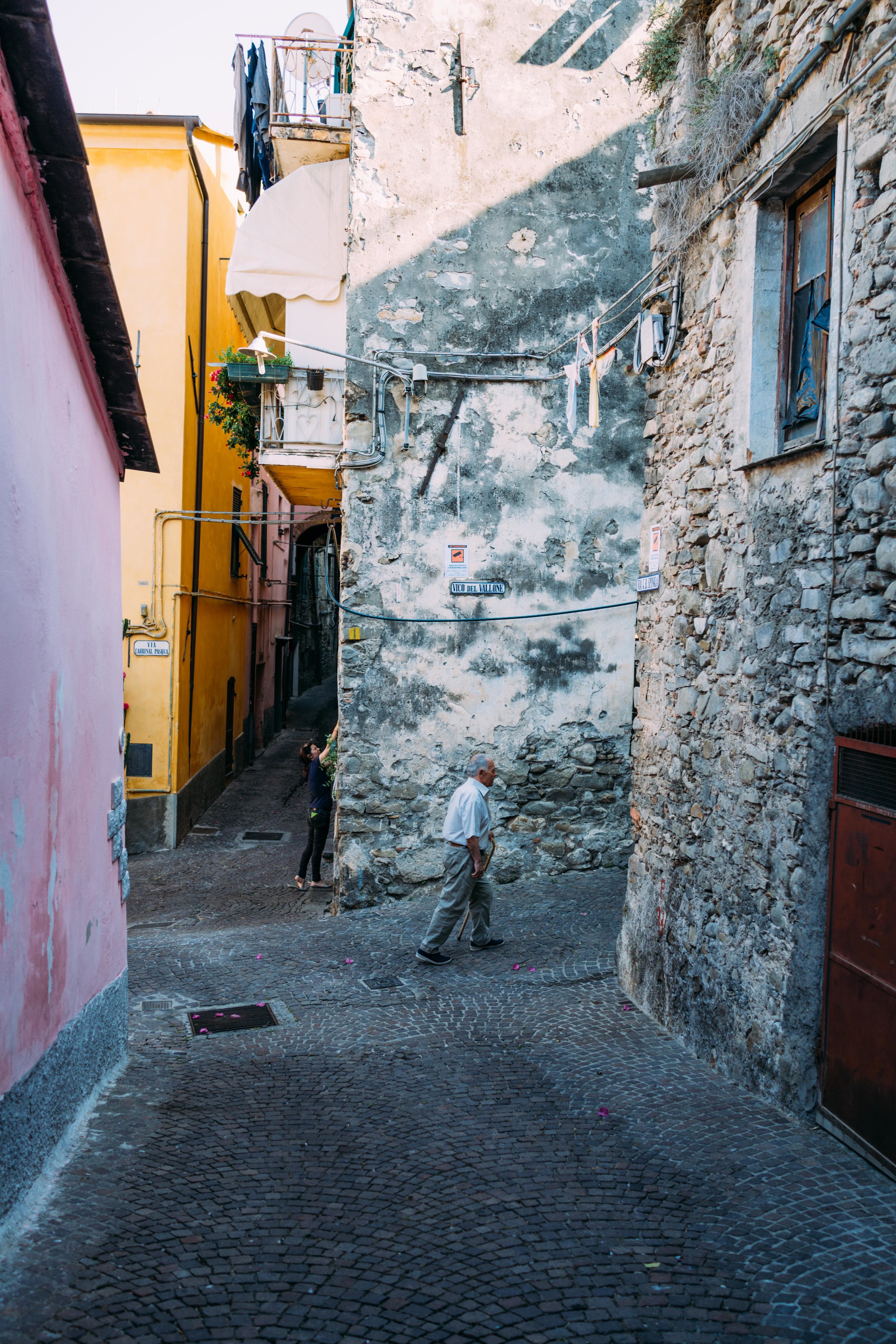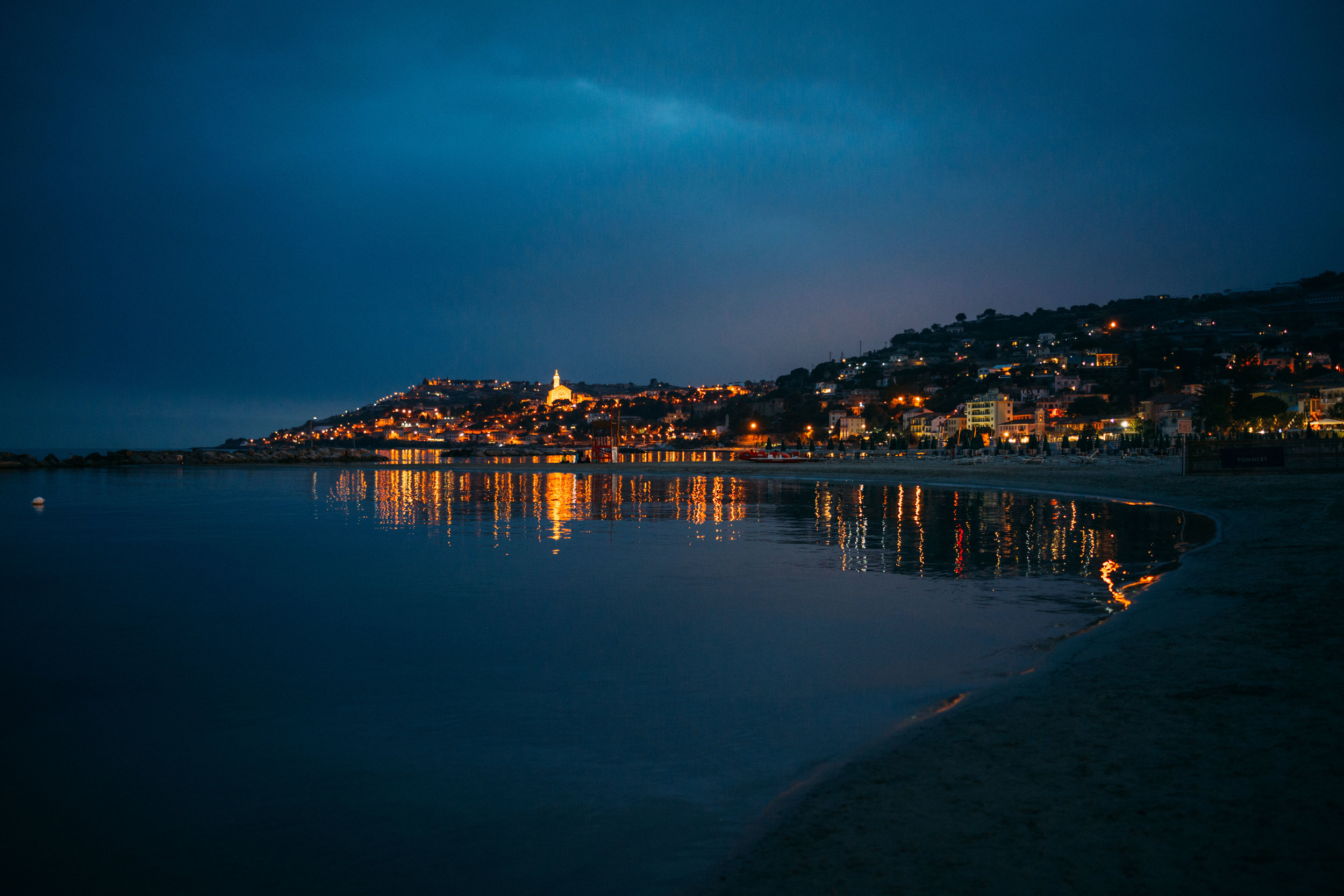There’s a huge interest in cameras that are powerful enough to deliver image quality that holds up even to the most demanding of scenarios, but at the same time so small that they get entirely out of the way when they’re not needed. The first compact camera I used that promised big-camera quality in a compact-camera size was the Sigma DP1 almost a full decade ago, the first compact camera boasting a APS-C sensor, in a package that was unbelievably small for its time. In a way I feel that the subject of todays review, the Sony RX1 (full product name DSC-RX1) is somewhat of a spiritual successor to it, as it shares many of it’s strengths but also its biggest flaw.
The camera I’m reviewing here is the first version of the RX1, released in the end of 2012. Although almost five years old at the time of writing, the spec sheet still holds up well by today’s standards – full size 24-megapixel CMOS sensors are nothing to sneeze at even though we’re almost in 2018. Countless current model cameras still use a similar pixel count.
The RX1 was prohibitively expensive at the time of it’s release. No wonder as it was the smallest full frame camera ever released. Even with the (tiny yet sufficient) battery inserted, it tips the scales at a hair under 500grams. As far as I know, this still makes it the world’s smallest full-frame camera. And back then with top-notch specs to boot. In fact, the size and weight are still very impressive by today’s standard. As far as I know, the RX1 is still the worlds smallest full format camera.
The RX1 was succeeded by the RX1-RII in 2015. A model that bumped the resolution up to 42 megapixels, and added a pop-up viewfinder, better autofocus and a variable low-pass filter that allows the user to adjust its strength between shots. The reason why I went for the cheaper model was the price – The RX1R II is still painfully expensive, with a price tag almost three times that of the previous model. The difference of about 120 000 VS 300 000 JPY at the time of purchase for used copies in good condition at trustworthy shops in Tokyo. As I don’t see neither camera qualifies as good enough on its own for my professional use, it was impossible for me to justify the cost of the newer model, although in hindsight perhaps I should have…
I added the RX1 to my arsenal in the beginning of 2017. And after spending the good part of a year shooting with it I feel qualified enough to write a review of it. As it’s still available new, at least here in Japan, there might be people still people out there interested in how it stacks up five years after its original release.
And yes, there are indeed many things that really makes the RX1 stand out. Most importantly – The image quality. It’s good enough for everything I shoot, even by today’s standards, including very demanding clients like stock photo agencies. The pairing of the sensor with the fixed 35mm f2.0 Zeiss-branded lens makes for great photos. This lens is indeed worthy of the Zeiss badge – sharpness is top-notch even wide open, and the color rendition and the bokeh is difficult to fault as well. The only optical flaw worth mentioning is a hint of chromatic aberration in contrasty scenes. Not a big deal as it can easily be removed in post processing. Also, there’s some field curvature – if you plan to shoot brick walls you need to stop down a bit to ensure sharp corners.
Build quality lives up to the premium price-tag. This camera was originally priced at around 300 000 yen (around USD $3000) and it feels like it. It’s not really on par with other luxury cameras, like the Leica Q, but it’s a clear step up from Sony’s lesser cameras, including the original A7. My only concern regarding the build is that the buttons and dials are somewhat fiddly, especially the rear thumb dial. But I guess some compromises had to be made to keep the size and weight down.
Other users have complained over sample variation on this camera. My copy has performed well, but I would advise you to try before you buy, and to do so at a shop that accept returns if you can. Here in Japan, few shops do, but instead we usually get six months warranty even on used gear, something that makes up for it, I guess.
I took the camera on a trip to the Italian Riviera earlier this year. My full-size Nikon Gear was left behind in Tokyo, making this camera was my daily driver for about one week. As mentioned earlier the image quality clearly was up to its task. Sure, the sensor is a few years old, so it doesn’t handle high ISOs as gracefully as those built around modern tech. I would say files up to ISO 3200 are fine if you don’t mind a bit of post processing in post. In terms of dynamic range, I would say it blows highlights a bit fraction of a stop earlier than my D810. But in practice I found it impressively good. With a F2.0 constantly in front of the sensor, I rarely felt that I needed better high-ISO capabilities. And did I mention that the leaf shutter in the lens also makes it virtually silent, and causes no shutter-shock to boot, allowing for sharp shots hand-held even at slower shutter speeds than a DSLR.
However, the RX1 has one major flaw, that drove me crazy to the degree I ended up getting rid of the camera not too long ago. Remember what I said about earlier about the Sigma DP1, and how the RX1 in one way is something of a spiritual successor? Unfortunately, that was not in a positive way… Both cameras are seriously lacking in the auto focus department. Even in bright daylight and with contrasty subjects I found the RX1 hunt frustratingly often before eventually giving up completely. But what’s even worse, the camera often mis-focused as well, putting the plane of focus either just behind or in front of my intended subjects. This was quite surprising as the RX1 has a Contrast Detect Autofocus System, and while these tend to often be quite slow, they are also generally very accurate. Unfortunately not in the case of the RX1.
One of few shots when the camera actually managed to nail focus, despite tricky lighting conditions. In this photo you can also see some of the cromatic abberration that appears in harsh contrast conditions (note the purple nuance in the sun-lit cobblestones). This is easy to remove in post but I decided to leave it in just to show how bad it gets in a worst-case scenario (ie, not that bad).
So to conclude: I got the RX1 because I hoped it would bump up the technical level of my “every day photos”, and turn it up to a level good enough for professional use, like for stock photography. And yes, the camera did indeed deliver on that. When everything goes well this little camera delivers image quality that no other sub-500-gram camera can surpass (with exception of the RX1R mk II).
But unfortunately, when a camera gives me so many missed shots as the RX1, I found it being too flawed to keep. Your result might very well be different – If you only shoot landscapes or other static subjects, this is still a camera worth considering. But if your style even has a tiny bit of running and gunning thrown into the mix, I recommend that you look elsewhere. My pick for a compact full-frame camera today would probably be either the RXIR II – I haven’t tried it, but since it shares the AF sensor with the A7r II, it should be good enough. Or the Leica Q that I have used a tiny bit and would love to add to my arsenal more than few other cameras right now. Problem is that both cameras are also significant investments, that I can’t justify right now.
So what camera do I carry today, on those occasions when I don’t want to lug around my DSLR-kit? That’s something I’ll let you know shortly, in my next review. Needless to say though, it’s not a full-frame camera…
+ Still the world’s smallest and lightest full-frame camera
+ Leaf Shutter means it’s virtually silent. It also allows for high flash sync-speed
+ Image Quality still holds up
- Unreliable autofocus makes it almost unusual if you shoot anything that moves
- Somewhat sluggish in general operation
- Cumbersome menu system
- Sony is one of few camera manufacturers that doesn’t make cameras sold on the Japanese market multi-lingual. It’s Japanese only if you buy it over here, and their “overseas models” command a hefty premium.
If this review was helpful to you, please consider supporting me by purchasing the RX-1, Or any other equipment, on Amazon by using this link. The price will be the same to you, but I will get a small commision from your purchase. Thank you!






